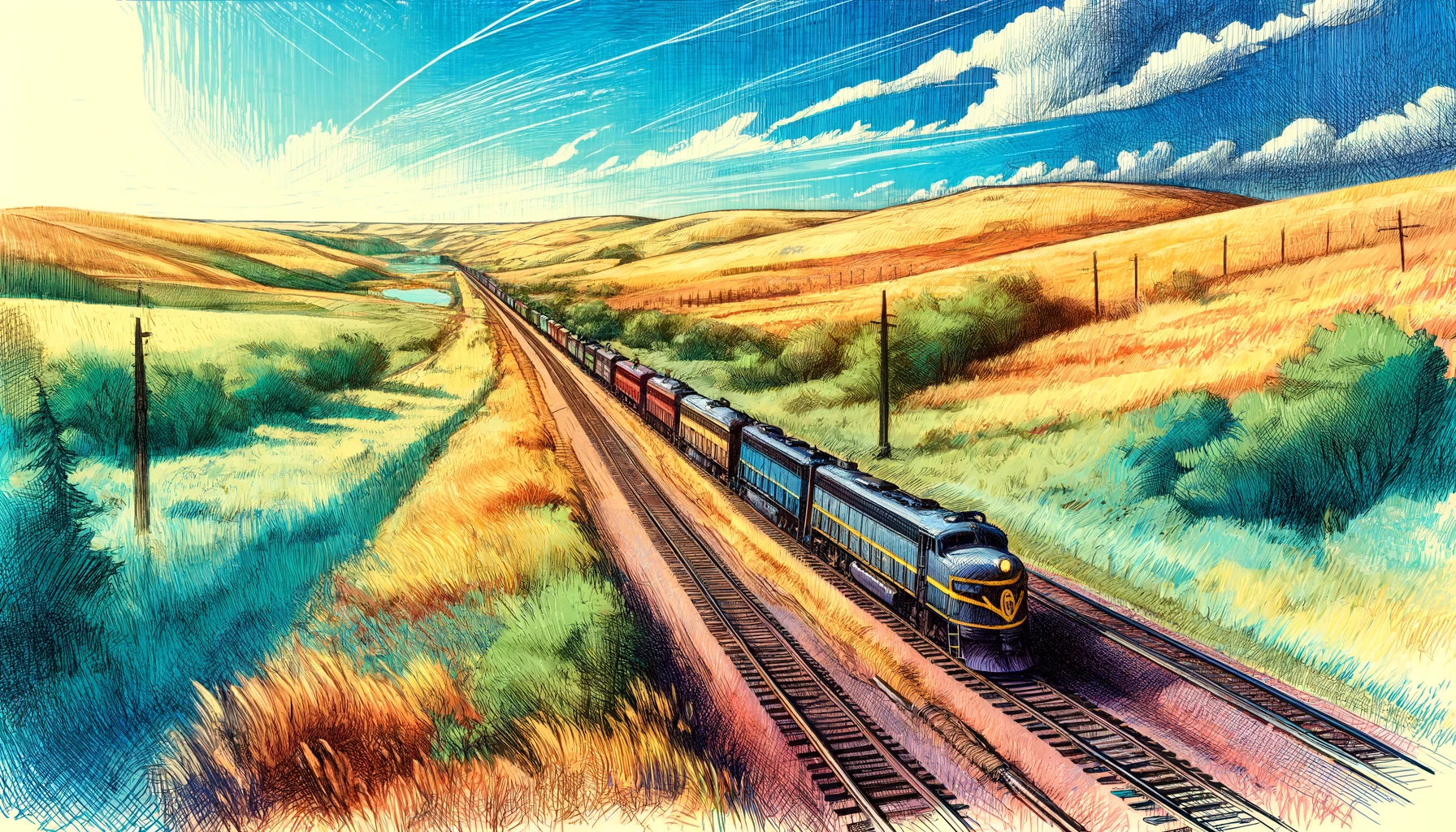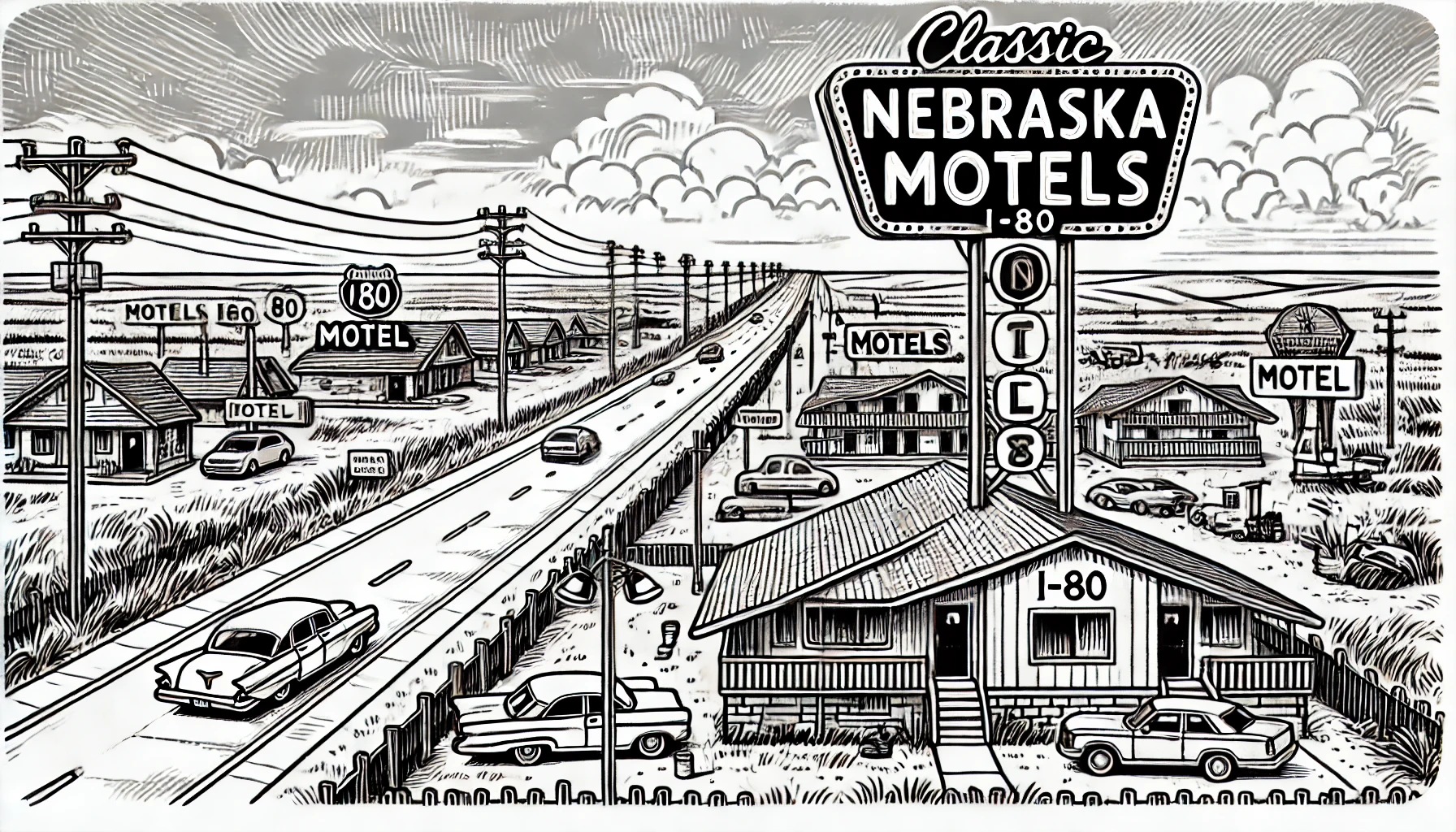Scotts Bluff National Monument Trails

Traveling through Nebraska, one of the most iconic stops for outdoor enthusiasts is the Scotts Bluff National Monument, located in western Nebraska, near the city of Gering, which lies about 3 miles west of the present city. The monument honors the geographical landmark of the same name, Scotts Bluff, that was a prominent visible landmark along the Oregon Trail, the Mormon Trail, and the Pony Express Trail. One of the best ways to experience the beautiful landscape and rich history of the area is by exploring the numerous trails at Scotts Bluff National Monument.
One of the primary purposes of the trails at Scotts Bluff National Monument is to help recreate the experience of pioneer travelers along the historic trails. Among the several trails in the monument, the most significant is the Saddle Rock Trail, which takes you through a combination of natural and dramatic landscape changes while offering numerous interpretive signs that provide historical context and information about the natural environment and the cultural developments in the area. This impressive trail crosses the primary geographic feature of the monument - a bluff or rocky outcropping - and provides numerous viewing points along its two-mile journey from and back to the monument's parking lot.
The Saddle Rock Trail also highlights the use and significance of Scott's Bluff to travelers, due to its highly visible form. This unique rock promontory was formed as a result of the geological uplifting of the North Platte River valley in Laramide Mountain-building Era. One of the unique aspects of the geology exhibited on the Saddle Rock Trail are Saddle Rock formations, large free-standing rock blocks dislodged from areas far above the present roadbed. These striking rock masses provide some of the deepest insights into the very natural and human past of the area.
Beyond the Saddle Rock Trail, the Summit Trail is another highly sought-after hiking option for visitors to the Scotts Bluff National Monument. This hike is marked by an abundance of both natural landforms, like Monument Rocks, which provide yet again an insight into the pioneering age, and stunning vistas of the surrounding landscape. Those who ascend to the summit of Scotts Bluff are rewarded with breathtaking views of the North Platte River and surrounding country and gain an understanding of why Scotts Bluff was labeled a beaconing natural monument by those traveling to new destinations for thousands of years.
Another shorter alternative among the trails at Scotts Bluff National Monument is the Visitors Center Trail, designed for visitors in wheelchairs and families with strollers, requiring much less time and exertion. At approximately 0.25 miles in length, this loop through trees around the northern side of the visitors' center includes historic signposts about the trails that travelers used. However, like the Summit Trail, it does not offer deep views of the surrounding landscape as does the Saddle Rock Trail.
Overall, the variety of trails at Scotts Bluff National Monument allows for customized hiking experiences for every kind of traveler and enables deeper dive into its geological as well as cultural significance. The Bluff trails not only highlight fascinating precepts and evanescent scenery but impart experiences beyond leisurely walking in Nebraska-like environment and rich environments in other areas connected to Western America’s large networks of multiple pathways.
Based on several reviews from most experienced hiking enthusiasts, all information panels placed along all Scotts Bluff National Monument trails serve educational and informative materials that would make any hiking tourist feel good and more enlightened about general geography and history surrounding their most specific destinations.
The opportunity to follow in the footsteps of thousands who have in this case, made Scotts Bluff National Monument one area worthy of some notoriety as an iconic western America site associated as one that makes everyone discover one vital key part about this popular venue.
Trails, landscape, knowledge and a popular tourist geographical location – this kind of unity of Scotts Bluff National Monument and visitor, can experience one vital key idea associated with the term travel destination.
One of the primary purposes of the trails at Scotts Bluff National Monument is to help recreate the experience of pioneer travelers along the historic trails. Among the several trails in the monument, the most significant is the Saddle Rock Trail, which takes you through a combination of natural and dramatic landscape changes while offering numerous interpretive signs that provide historical context and information about the natural environment and the cultural developments in the area. This impressive trail crosses the primary geographic feature of the monument - a bluff or rocky outcropping - and provides numerous viewing points along its two-mile journey from and back to the monument's parking lot.
The Saddle Rock Trail also highlights the use and significance of Scott's Bluff to travelers, due to its highly visible form. This unique rock promontory was formed as a result of the geological uplifting of the North Platte River valley in Laramide Mountain-building Era. One of the unique aspects of the geology exhibited on the Saddle Rock Trail are Saddle Rock formations, large free-standing rock blocks dislodged from areas far above the present roadbed. These striking rock masses provide some of the deepest insights into the very natural and human past of the area.
Beyond the Saddle Rock Trail, the Summit Trail is another highly sought-after hiking option for visitors to the Scotts Bluff National Monument. This hike is marked by an abundance of both natural landforms, like Monument Rocks, which provide yet again an insight into the pioneering age, and stunning vistas of the surrounding landscape. Those who ascend to the summit of Scotts Bluff are rewarded with breathtaking views of the North Platte River and surrounding country and gain an understanding of why Scotts Bluff was labeled a beaconing natural monument by those traveling to new destinations for thousands of years.
Another shorter alternative among the trails at Scotts Bluff National Monument is the Visitors Center Trail, designed for visitors in wheelchairs and families with strollers, requiring much less time and exertion. At approximately 0.25 miles in length, this loop through trees around the northern side of the visitors' center includes historic signposts about the trails that travelers used. However, like the Summit Trail, it does not offer deep views of the surrounding landscape as does the Saddle Rock Trail.
Overall, the variety of trails at Scotts Bluff National Monument allows for customized hiking experiences for every kind of traveler and enables deeper dive into its geological as well as cultural significance. The Bluff trails not only highlight fascinating precepts and evanescent scenery but impart experiences beyond leisurely walking in Nebraska-like environment and rich environments in other areas connected to Western America’s large networks of multiple pathways.
Based on several reviews from most experienced hiking enthusiasts, all information panels placed along all Scotts Bluff National Monument trails serve educational and informative materials that would make any hiking tourist feel good and more enlightened about general geography and history surrounding their most specific destinations.
The opportunity to follow in the footsteps of thousands who have in this case, made Scotts Bluff National Monument one area worthy of some notoriety as an iconic western America site associated as one that makes everyone discover one vital key part about this popular venue.
Trails, landscape, knowledge and a popular tourist geographical location – this kind of unity of Scotts Bluff National Monument and visitor, can experience one vital key idea associated with the term travel destination.
